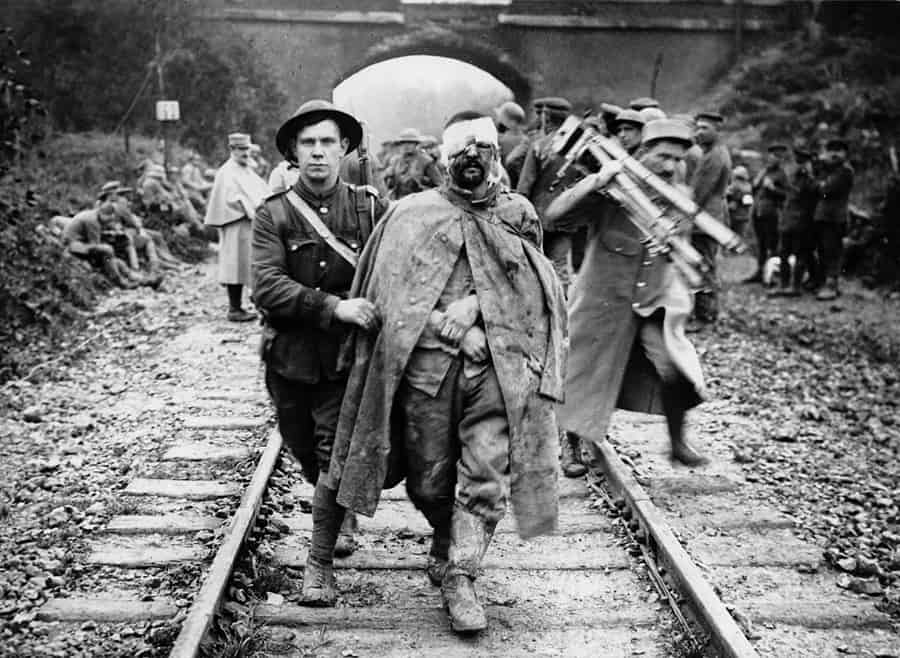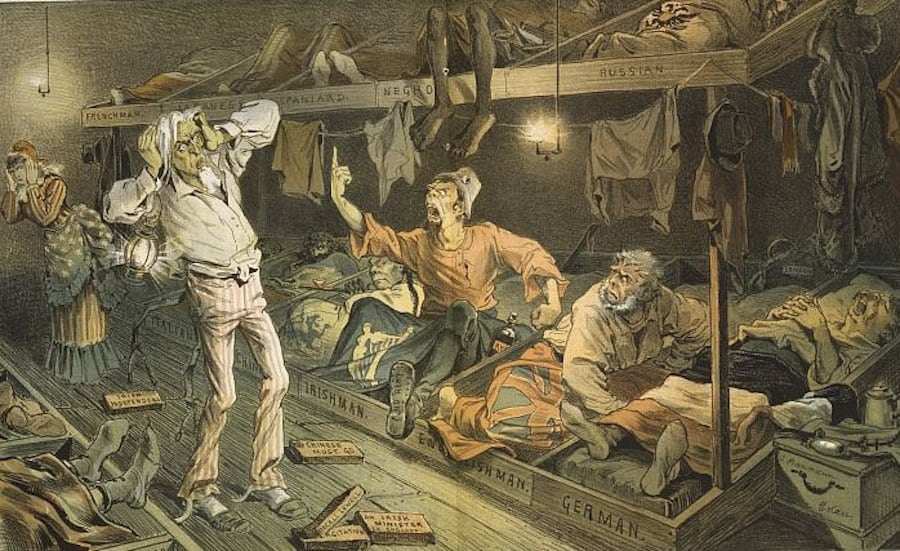I believe the general ideas behind this lesson were solid, but the google doc format really did hold up the learning and purpose behind the entire lesson. The idea that as a teacher, I wasn’t doing anything besides answering questions and guiding students through an activity was really a great thing, the problem was in the execution. Upon further thought, I’ve modified the lesson to take place on a google form, and a final google slide show. The google form is less interactive than the document but ensures all students participate, and guides them through the lesson well. The google slides will allow students to still do the work finding their own piece of propaganda, political cartoon, or another primary source, but instead of awkwardly copy/pasting into a google doc, each student will have an assigned google slide, and they will do their work only within the confines of this slide. The students will then present their information to the class in a low-stakes presentation. I’m testing out this version of this lesson next week, so we’ll see how it goes!
The US Enters WWI
High school students will be guided through a lesson exploring the United States’ shift from neutrality in WWI to the declaration of war. This lesson will occur within our WWI unit. Students will have a background on WWI in general, but limited background on the United States’ involvement. This lesson will serve as a bit of an introduction to this aspect of WWI.
Students will be asked to work their way through this collaborative google document in pairs (or individually, if that is preferred). Students will explore a variety of primary sources, and answer guiding questions, all while responding and commenting on each other’s responses.
Additionally, students will be asked to find a primary source that shows the shifting attitude from neutrality to support of the allies in WWI. Students will explain whether that source would have been convincing to them, had they been American citizens during this time.
This activity is adapted from DPLA’s WWI activity.
Reflection on Lesson
I believe my lesson was a success overall. I think the sequence of the lesson flowed well, and my expectations for the students were communicated clearly. The subject matter was interesting and allowed for creative and thoughtful responses.
There is still plenty to work on, however. I need to get more comfortable pushing my students to engage with each other’s responses, instead of simply answering to please the teacher. If students aren’t providing many answers, I think it would be helpful to have guiding questions written down that I can lean on when students are having trouble engaging with content. Something that I can ask for them to talk over in pairs, and then hopefully return to the class to enrich the discussion. High school students, especially in the morning, tend to be very apprehensive to sharing, so having as many guiding questions as possible, and letting them work it out between themselves before presenting their findings to the class, might be a good way to make them feel more comfortable.
Before memes, there were cartoons.
In this lesson, high school juniors will be asked to analyze political cartoons related to immigration in early 20th century America. Students will be asked to use the Library of Congress’ Cartoon Analysis Guide to identify the persuasive techniques used and, use the guided questions to come up with their own conclusions on the varying opinion about immigration during this time period. This lesson will build off of our previous lessons about immigration in America at this time. Students will have a working knowledge of the immigration process in America at this time, including knowledge about the Chinese Exclusion Act.
The class will begin with a brief overview of the cartoon analysis guide. Using this guide, we as a class will go through a political cartoon together, identifying persuasive techniques, and then answering the following questions about the cartoon:
- What issue is this political cartoon about?
- What do you think is the cartoonist’s opinion on this issue?
- What other opinion can you imagine another person having on this issue?
- Did you find this cartoon persuasive?
- Why or why not?
- What other techniques could the cartoonist have used to make this cartoon more persuasive?
After we analyze a cartoon together, students will break up into groups of two to analyze a different cartoon, and then present their findings to the class. We will discuss their findings, adding any other observations we made together as a group.
Students will be analyzing the following cartoons:



